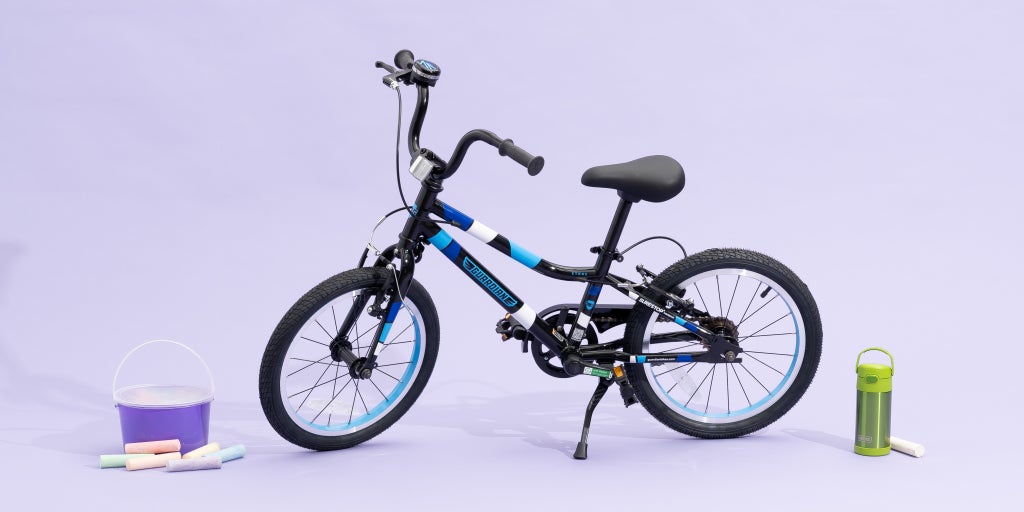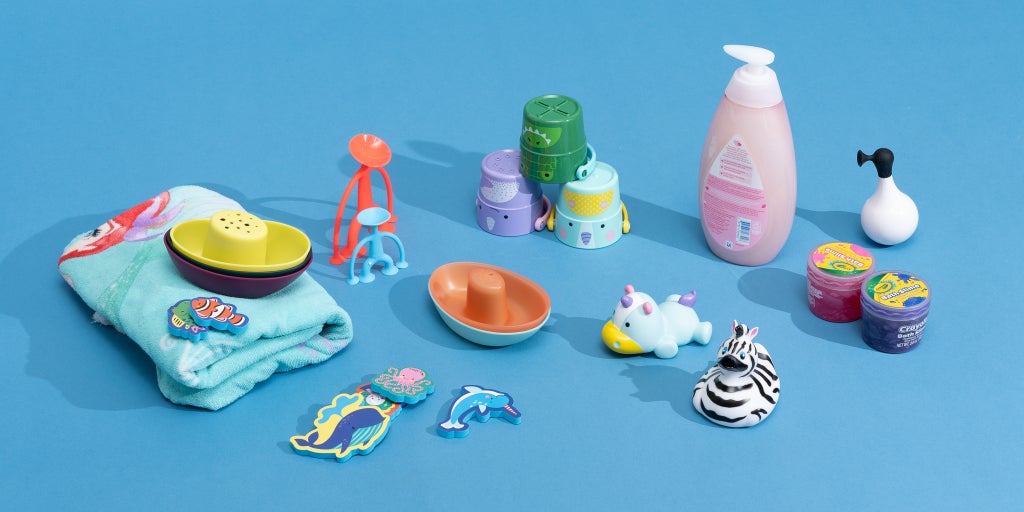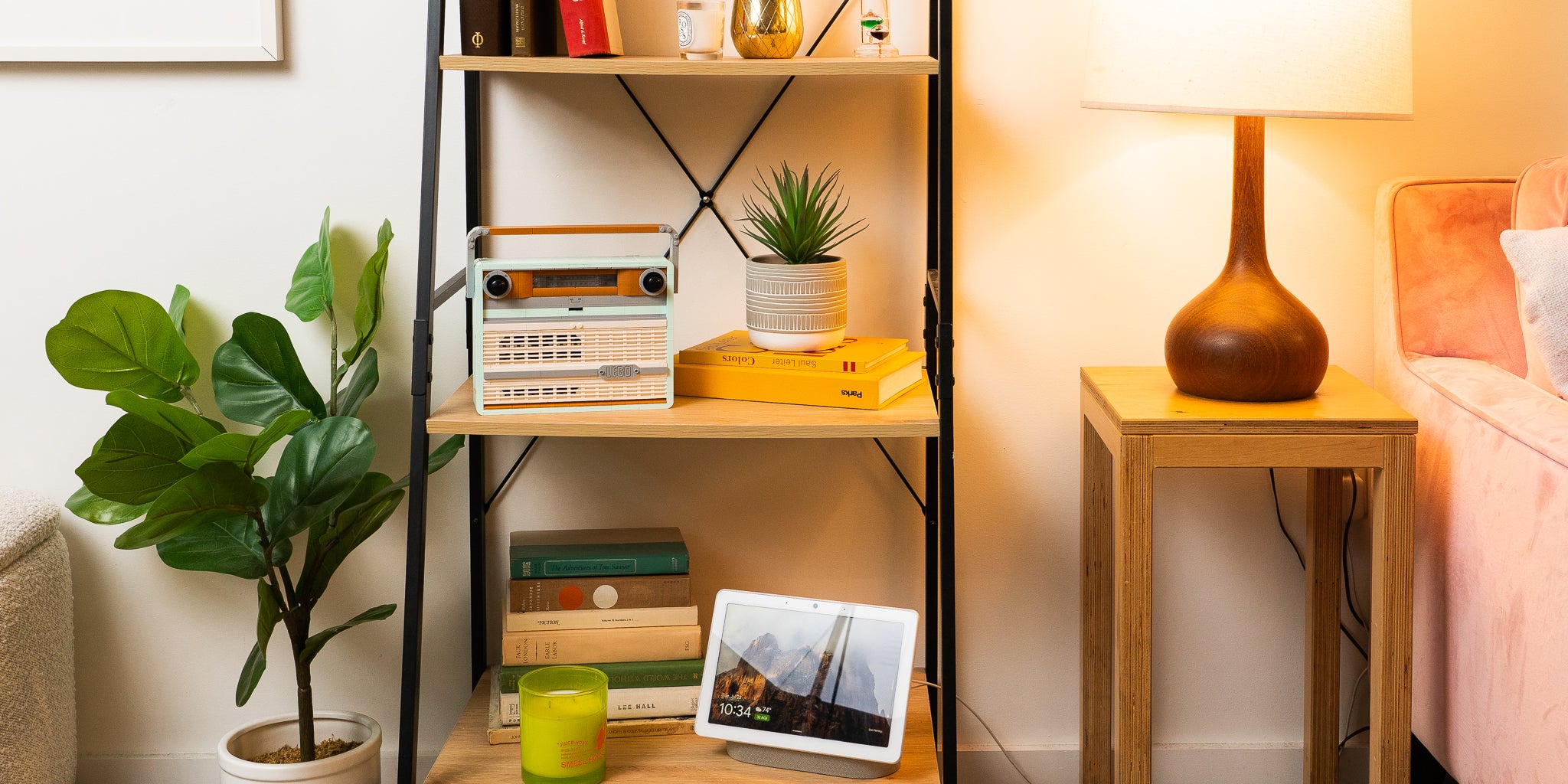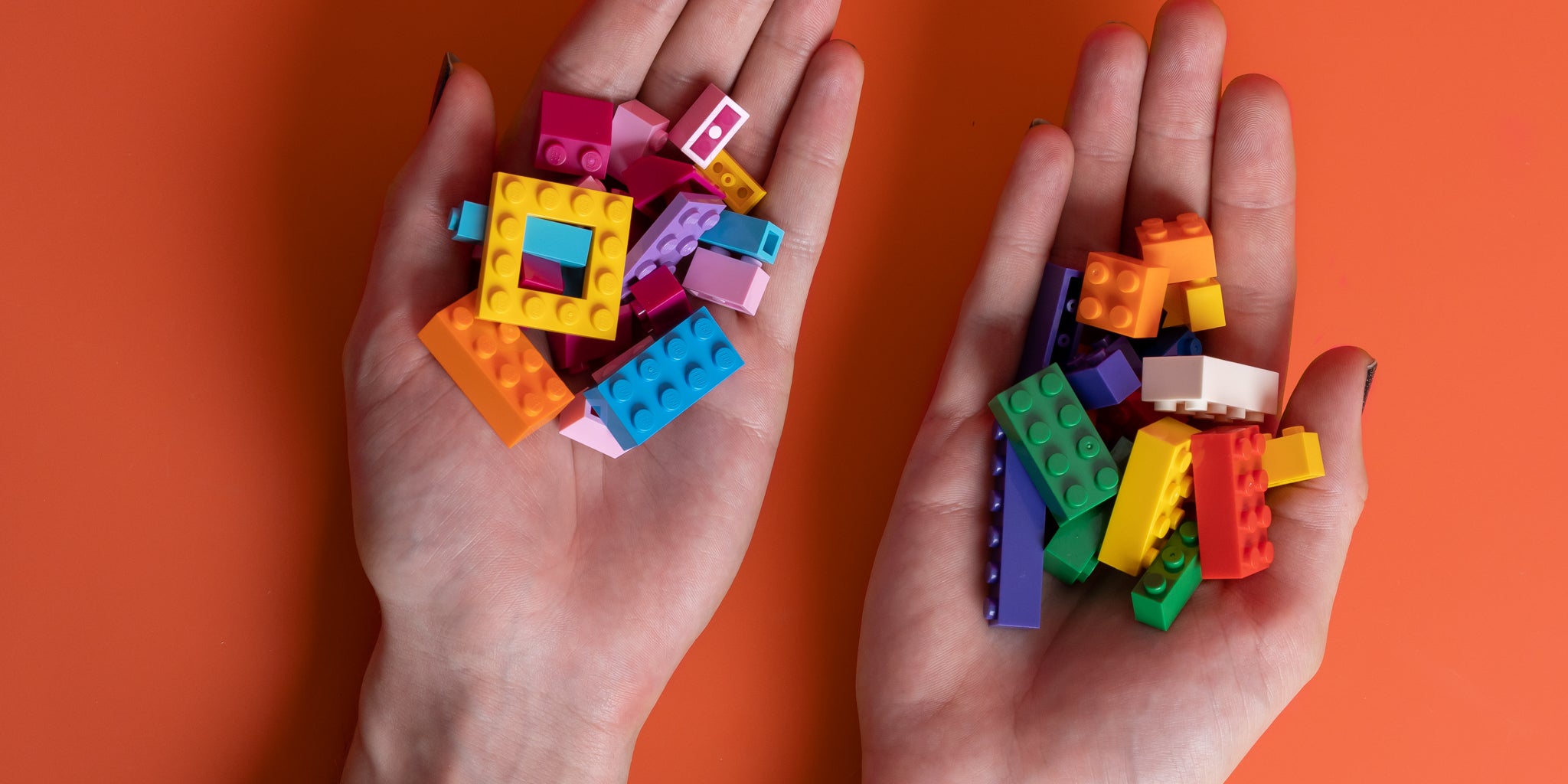Among one of the most exciting milestones for a child is the minute they discover to ride a bike. Besides, it’s an ability they’ll have for life, and you can establish them up for success by offering them with a comfortable, easy-to-ride very first pedal bike.
Everybody discovers at their very own pace, yet many children are ready to begin pedaling on their own between the ages of 4 and 6, so we concentrated on bikes with 16-inch wheels. Whether your kid will certainly be tearing up the neighborhood pump track or travelling city sidewalks, a great first “big youngster” bike will keep them secure, construct their confidence, and bring lots of joy to the learning process.
We invested over 24 hours assessing 11 pedal bikes on pavement, on yard, and at an indoor BMX track in late 2023 and early 2024, and we’re confident that the Guardian Ethos 16 Inch Bike is the most effective first bike for most children.
If you’re seeking a slightly larger bike for an older kid, we’ve additionally evaluated a smaller group of 20-inch bikes, and we have some recommendations.
The 18-pound Guardian Principles 16 Inch Bike has a lightweight steel frame, lots of dimension adjustability in the seatpost and handlebars, and an ingenious stopping system that turns on both the front and rear brakes with the biker’s press of a solitary hand bar, dispersing the braking power equally to make sure that it’s difficult to lock up the front brakes and flip over the handlebars. This function allows youngsters to gain even more rate and ride more adventurously, recognizing that they can conveniently stop if they require to. And also, the bike’s kid-friendly geometry places the rider in an upright position leaning somewhat forward, keeping them comfy while enabling a lot of power increasing hillsides.
Bike weight: 18 pounds
Standover elevation: 16.75 inches
Brake kind: single hand brake
The REI Co-op Cycles REV 16 Youngsters’ Bike considers 18 pounds, much like our leading pick, and it has geometry that worked well for our testers, but it isn’t as compact and maneuverable as our various other choices. And while the rollercoaster brake is simple to use and low-fuss, we like hand brakes for their control and superior stopping power. This bike comes with training wheels, yet they’re complicated to mount; this is just a problem for consumers who purchase online. (If you get the bike in person, REI team will install them for you.) Since the seatpost and handlebars are extremely adjustable, this bike can remain to fit kids as they expand, just as our leading choice can.
Bike weight: 18 pounds
Standover elevation: 17.5 inches
Brake type: rollercoaster brake
The Woom 3 16-inch pedal bike is a beautiful bike, beloved by youngsters and parents alike. Its aluminum framework has excellent geometry for youngsters, with a reduced standover elevation than on any of our other choices and basic BMX-style elevated handlebars. At 13 pounds, it’s without a doubt the lightest of our choices and extremely maneuverable. Our testers zoomed about on it, easily getting rate while likewise feeling great with the double hand brakes, which include color-coded levers that aid instruct cyclists to brake with both hands but to prefer the rear brake.
Bike weight: 13 extra pounds
Standover elevation: 16.5 inches
Brake type: two hand brakes
The Joystar Symbol Kids Bike is the best of the sub-$ 200 bikes we evaluated. Its coaster brake keeps things basic and easy to maintain, and its strong steel frame need to last through numerous youngsters. While its geometry was comfortable sufficient for our younger testers, it also enabled our seasoned 7-year-old tester to accelerate promptly and bill up hillsides. Yet at 20.5 pounds– the heaviest of our picks– this version is likely to be harder for smaller kids to steer.
Standover elevation: 17.5 inches
Brake type: rollercoaster brake
Why you ought to trust us
I’m a biking lover and a mommy of two daughters, ages 4 and 6. In my twenties, I bombed around Brooklyn on a single-speed bike, and currently my family members commutes on a cargo bike and takes outing on roadway bikes with our younger youngster in a kids bike seat and our older youngster on a 16-inch bike. For this guide, I spoke with professionals and invested hours investigating bikes, reading evaluations, and assembling the 11 bikes we determined to check. My kids offered critical reviews of the bikes’ visual appeal, while I concentrated on the componentry, geometry, and quality.
The previous iteration of this guide, written by reporter and papa Chris Dixon, was a wealth of information gleaned from market professionals, and this version builds on the screening and research study that Chris and Wirecutter editors and moms and dads have actually corrected the past 7 years.
That this is for
When your kid outgrows their balance bike or tricycle, they’re possibly all set for their initial pedal bike. For most youngsters, this occurs in between 4 and 6 years of ages. A single-speed, 16-inch bike– the number refers to the diameter of the wheel– works well for the majority of youngsters in this age. We reviewed a selection of 16-inch bikes for this guide, and when we made our picks, we experimented with the 20-inch bikes from those business, too. (Quality bikes usually have great resale worth, and you may wish to browse initially for a lightly used one.).
Great initially bikes have a lower standover height along with the capacity to grow with your kid with charitable seatpost and handlebar changes. If your 2- to 3-year-old appears ready to rip around with desert, take a look at our balance bike guide, which has a suggestion for a 14-inch balance bike with pedal accessories.
Once you’re confident that you have the right-size bike (we such as Guardian’s RideSizer device) for your child, you can start considering the learning approach that will certainly function best for them– and you. Experts commonly agree that beginning kids on equilibrium bikes when they’re 2 or 3 years of ages is the very best method to learn, since this approach teaches the skills of harmonizing, leaning right into turns, and regulating speed, which together simplify the transition to pedal biking. Nonetheless, some youngsters never ever require to balance bikes; in our experience, we’ve found that this is typically the situation with even more hesitant motorcyclists who lack the confidence to go quick enough to really stabilize. If that’s your child, you have 2 various other approaches to select from: training wheels, or a full-grown holding on the seat, running behind, and supporting their shaky youngster up until that classic “releasing” minute. A great take care of add-on for the latter method is the Equilibrium Pal, which saves your back and supplies two various other benefits: If your youngster rises excessive rate and can not quit, you can order the handle, and if you’re on a longer trip and your youngster gets tired, you can simply push them home.
Many professionals do not recommend training wheels because while they show youngsters to pedal, they don’t instruct them to stabilize, which is the most essential initial step to cycling. Educating wheels can likewise be dangerous because they don’t teach the skill of leaning into a turn– actually, they instruct the contrary, which can result in a loss with some energy. When you take the training wheels off, your youngster is basically back to fresh start. Still, some moms and dads and kids like the safety of training wheels, and the majority of our picks either come with training wheels or can approve them. The method that functions ideal for your family might dictate which bike you select.




